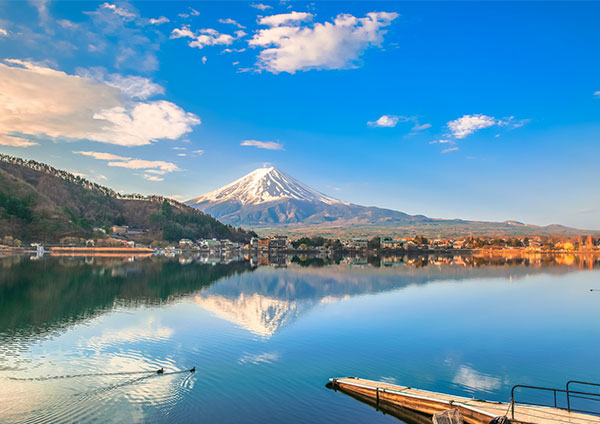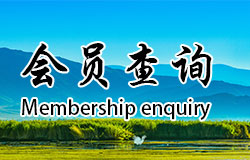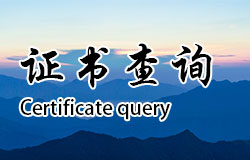How Chinese calligraphy flows to Japan
Time 2019-11-12
When it comes to calligraphy, I believe many people will think it is a unique art in China. In fact, calligraphy is not only popular in Japan, but also one of the ways for people to cultivate their nature.
In ancient Japan, calligraphy was called "daoru" or "Daobi". It was not until the Edo era (the 17th century) that the term "daoshu" appeared.
In Japan, calligraphy, which is popular for writing Chinese characters with brush, should be after Buddhism was introduced. Monks and Buddhists imitate China and transcribe scriptures with a brush, and Chinese calligraphy also develops in Japan. "Fa Hua Jing Yi Shu" copied by crown prince Shengde is a representative work influenced by the calligraphy style of the Six Dynasties in China. When the founder of Japan's TIANTAIZONG, the Chengcheng monk, returned from China, he brought back the calligraphy works of Wang Xizhi of the Eastern Jin Dynasty and popularized them.
Emperor Taizong ordered Wang Xizhi's works to be collected, which made Wang Xizhi's works worth hundreds of times. When he sent Tang Monk and Tang emissary back to China, he brought back a large number of Wang Xizhi's handwriting. Most of the 20 volumes of calligraphy collected in the present "Dongda Temple offering account" are authentic works of Wang Xizhi. Tang Dynasty, Wang Xizhi, Wang Xizhi, Wang Xizhi, Wang Xizhi, Zhu version of the book, the workers cut it, the pen into the wood. Sun Guoting's Book Manual also has the skill of entering the wood. In ancient times, the Japanese respected Wang Xizhi as a calligrapher, so they called calligraphy "the way to the wood". The Japanese love Wang Xizhi's calligraphy style. They affectionately call Wang Xizhi king and his seventh son Wang Xianzhi Xiao Wang. The successor of erwanggufeng is the founder of zhenyanzong of Ping'an Dynasty, Kong Hai monk. He, the sagacious emperor and the orange Yishi are called "three strokes of peace", and the two volumes of "directions to deafness" in the air sea are designated as national treasures.
In the middle of Ping'an period, Japan abolished sending envoys to the Tang Dynasty. With the emergence of kana (Japanese characters), calligraphy began to be harmonized (Japanized). In the field of calligraphy, there were Ono Daofeng, fujihara sagari and fujihara Xingcheng, which were called "three tracks" by the world. The calligraphy of "three tracks" became the standard of later calligraphy, and a variety of calligraphy schools came into being.
Fujiwara Xingcheng, the founder of hehuashufeng, founded the "world revered Temple stream". After seven generations, it lost its attraction due to its adherence to the conventions and remained in the form. Calligraphy also changed from aristocratic centered to warrior class. Calligraphy requires not only strength but also speed. Thus, the "flow of Dharma temples" represented by Fujiwara Zhongtong appeared, which overwhelmed the "flow of Buddha temples". After that, the post Jingjiliang inherited Zhongtong's style and created the "post jingjiliu". In the age of Kamakura, there were many calligraphers, such as Ji Lian, Fujiwara Juncheng, Fujiwara and so on.
In Japan, "Shizun Temple stream" and "Dharma Temple stream" are collectively called "the style of the previous generation", while the calligraphy style prevailing in the samurai society is called "Wujia style", which is represented by generals such as Yuanlai Dynasty, yuanyijing and Beitiao current affairs.
In the Kamakura era, calligraphy of the Song Dynasty was introduced when doing business with the Song Dynasty. For example, master Rongxi of linjizong inherited the style of Huangshan Valley, and master Daoyuan of Cao Dongzong introduced Zhang Jizhi's calligraphy back to Japan. The calligraphy school centered on the Zen monks in the five mountains of Kyoto and Kamakura also worships the Song Dynasty style of Zhang Jizhi and Su Dongpo. Later, Yishan Yining and other monks brought the style of the Yuan Dynasty into Japan, adding the calligraphy of such eminent monks as the master of zongfeng miaozhou and the master of mengchuangshu stone to the Japanese calligraphy circle, which is called "Zen style" by the world. "Zen style" has long been popular among the samurai and officials in the northern and Southern Dynasties and the Shishi era of Japan.
In the Taoshan era, fengchenxiuji dominated the world, which restored the cultural stagnation caused by the turbulent times. In the calligraphy circle, there were three wizards, Xinyin, muamiguangyue and Zhaocheng in songhuatang. The world called them "kuanyongsanbi".
In Edo era, the shogunate rewarded Confucianism and "Tang style" prevailed again. At the end of Edo, there appeared experts who taught calligraphy professionally, such as shihewei'an. The "Shudao" came into being in this period, and became the representative of the inherent art of Japan.


